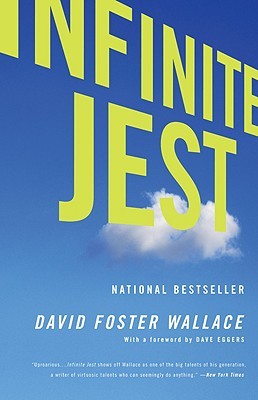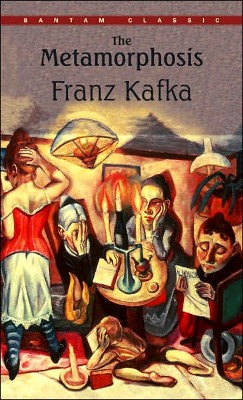Not yet one of a unique pair, reckoned for No. 2—What is my talent,
Our limit—Inquire conservators, who now focus their stare; classicism
Binds them together—Contracted to the order of an atom’s spiral,
Some are undecimated mysteries without the unavoidable collapse
Into the nucleus—They elude shutter speeds; their unmet equivalent
Complexity is made by combining forms together, for which timbre
Supplies the difference—For a reticent drafting letters, the timbre
Witnesses posterity beyond loudness or pitch—Above raw talent,
Is recognition of former tendencies along a boundless carrefour—For equivalents,
Other masks, to merge behind—To be swallowed once again, the classicism
Reopens, if to cover in its gravity—A hoisted cow’s stomach threatening collapse,
Asbestos-textured interior, braced by tensile steel cables—With careers in mid-spiral,
Of his own—The former transcribed Aeolian winds; the latter, out of the collapsed,
Calder’s swerve—Sufficiently so, to say their motion changed, these portraiture equivalents
Of sheet metal, steel and wire—Before he hitched his chariot to motives of air, Calder spiraled
Liquid mercury into a kinetic fountain, for the last prewar World’s Fair, Paris 1937—Classicism’s
Lofty function is undermined by its ride-along harmonics, not of the fundamental, of timbre.
This notion was the last to be showcased by Varèse’s Poème électronique, Xenakis and Le Corbusier’s talents
Otherwise confined by a fiat paper surface, when judged against our binary settings, collapses—
Le Corbusier restricted the interior to himself; the walls pocked with loudspeakers collapsing
Images of humankind into an eight-minute projection; like Calder, he had found an equivalent
Performer in Josephine Baker—Exterior and transition pieces plied by Xenakis’s talents
Were perhaps mimicked and outdone, first by the potency of the bullfight, then the spiraling
Projector flees Varèse’s rising elevator, or jet engine takeoff, with drums—Attack-decay of timbre
Of Calder’s Small Sphere and Heavy Sphere deflects the sound of two crossed pendulums—Classicism’s
Refuges, denied aluminum for warplanes, embraced the utilities of classicism—
For when a function has no maximum or minimum, the language and image collapses
Into a graph of a hyperbolic paraboloid—Put differently, from instantaneous attack of timbre
Achievements, yet like the innovation of its time, the Egyptian chariot, makers were talented
In copying innovations, and metal was sparingly used—When Classicism’s hoarded talents,





2 comments:
https://books.google.com/books?id=N0BlVoKHu5MC&pg=SL25-PA98&dq=wallace+stevens+things+of+august&hl=en&sa=X&ved=0ahUKEwiO85SAi5jlAhXmmOAKHT7WBTYQ6AEILjAB#v=onepage&q=wallace%20stevens%20things%20of%20august&f=false
https://www.myjewishlearning.com/article/tikkun-olam-repairing-the-world/
Post a Comment